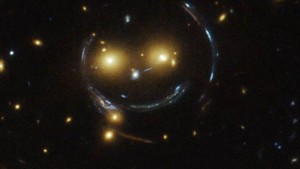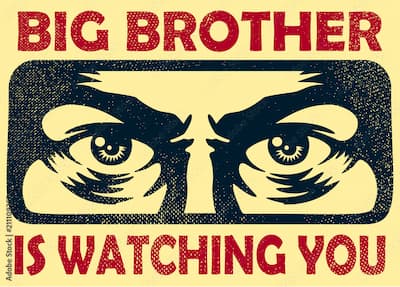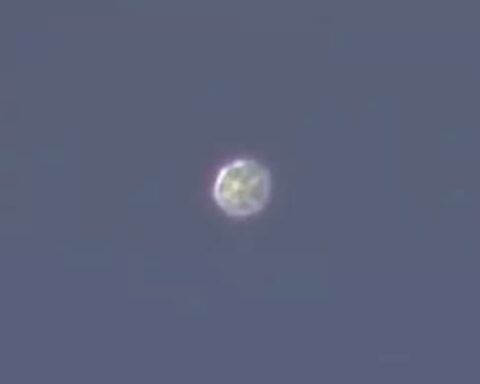The wonders of the Hubble Space Telescope continue to stun and inspire.
NASA recently shared, in 1.5 billion pixels, the most vivid composite image ever taken, the sprawling mass of stars, space-dust and more representing a 61,000 light-year long section of our cosmic neigbour, the Andromeda galaxy. It is also the first time astronomers are able to discern individual stars over a significant section of an external spiral galaxy, according to the Hubble team.
The ceaseless wonders of the cosmos are getting a lot of coverage lately, for that matter, with the discovery of five ‘archaic planets’ around one of the oldest stars in the galaxy having raised the possibility that the Milky Way might be home to extremely ancient forms of life (no mention of Vorlons or Celestials yet). Astronomers spotted the planets as circling a star named Kepler 444, which is 117 light years from the Earth in the direction of the Lyra constellation in the northern sky.
Researchers used variations in the brightness of the star to determine its age and found that it was among the first generation of stars to light up the Milky Way over 11 billion years ago.
The most compelling of all (aesthetically at least) is this image captured by the NASA/ESA Hubble Telescope, which shoes two faint galaxies appearing to smile at us from across the cosmos.
Not God though, apparently (sorry for the attention-seeking headline of this post), nor Galactus the Planet Devourer, nor a friendly prankster from the Q Continuum. Just a trick of the light, so to speak (though it does also bear a resemblance to those old Nirvana smiley-face t-shirts, so maybe the cosmos is giving Nirvana fans a friendly hello).

In the case of this “happy face” cosmic image, the two eyes, according to spacetelescope.org are the galaxies SDSSCGB 8842.3 and SDSSCGB 8842.4 and the smile lines are arcs caused by an effect known as “strong gravitational lensing”.
In full ‘Dax mode’, I’m going to keep typing this sentence as though I know what I’m talking about, but apparently massive structures in the Universe exert so powerful a gravitational pull that space-time is warped around them, acting as a “cosmic lens” that can magnify, distort or bend light, this being a phenomena that can be explained by Einstein’s theory of general relativity.
If any prospective Cosmic Super-Entity or Omnipotent Being did want to communicate with us though, a galactic smiley face would be a terrific ice-breaker that might serve to put everyone at ease; particularly at this very toxic time in which people are once again killing and dying for religion.




